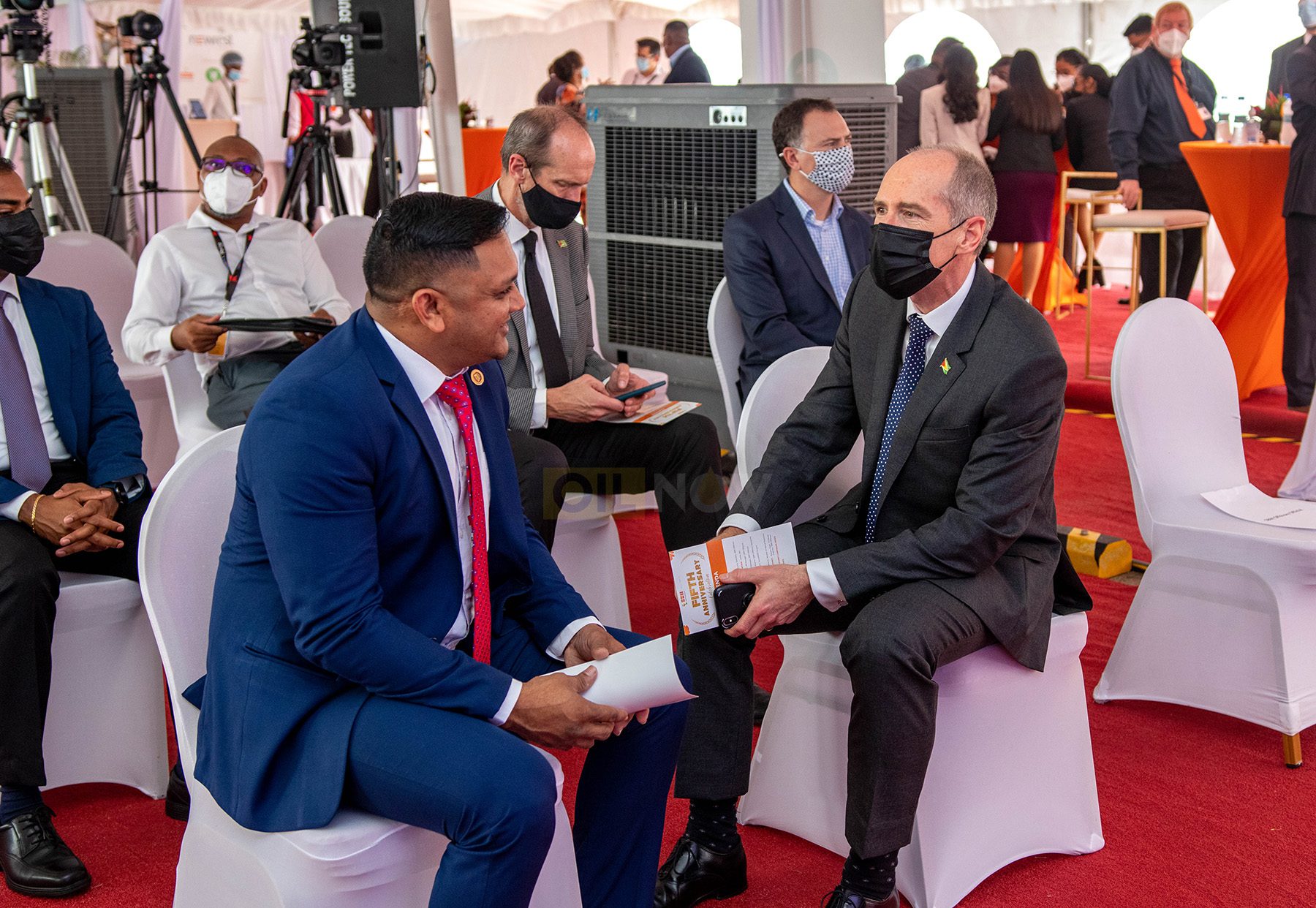While the Guyana government has outlined a series of comprehensive reforms it intends to take over the next decade in its Low Carbon Development Strategy (LCDS) 2030, it has determined that it is also important to ensure international oil companies (IOC) operating offshore are doing so in a manner that is consistent with its sustainability policies.
Apart from their petroleum operations, IOCs around the world have been doing more to take part meaningfully in the low carbon strategies of the countries in which they operate. In Guyana, the government seeks to determine how ExxonMobil, its leading partner in the sector, can help achieve the goals of LCDS 2030.
Pursuant to this aim, the government and ExxonMobil Guyana agreed on a series of ‘carbon neutrality’ provisions, which have been outlined in the production license for the recently greenlit Yellowtail Development Project.
The world needs Guyana’s low carbon intensity oil developments, Hess tells investors
The license states, “In recognition of the government’s Low Carbon Development Strategy and related national laws, international commitments and obligations, and the global strategies regarding the impact of economic development activities on natural resources and the environment, the licensee shall conduct a comprehensive study to enable the determination of its support of the government’s LCDS goals for Guyana.”
ExxonMobil Guyana is expected to submit the terms of reference, methodology and workplan for the study to the Minister with responsibility for petroleum, Vickram Bharrat, within 90 days of the date of the license. This deadline would be by the end of June.
The permit dictates that the study should include the licensee’s roadmap towards greenhouse gas emissions (GHG) intensity reductions in respect of the petroleum operations conducted pursuant to the petroleum agreement for the Stabroek Block.
ExxonMobil is required to study the potential and feasibility of carbon capture, utilisation and storage (CCUS) technologies and systems in Guyana. It is expected to study the potential for deployment of or investment in carbon sinks, renewable energy projects, carbon negative technologies, or application of high-quality carbon credits or offsets generated from within or outside of Guyana.
Exxon to provide Guyana with carbon capture roadmap for US$10B Yellowtail project
The Minister will have to approve the workplan, and so, will have the liberty to direct as beneficial, areas for collaboration including market mechanisms to promote innovation and supportive government policies.
These requirements, consistent with LCDS 2030, will build on the value Yellowtail and ExxonMobil’s other projects bring to the global energy transition effort. Chief Executive Officer of Hess Corporation, John Hess, said in January that the world needs Guyana’s low carbon intensity barrels, as the Stabroek Block projects are among the highest margin, lowest carbon intensity developments. Upon their final investment decisions on Yellowtail, both ExxonMobil and Hess said that the project will help secure the global energy transition.
The projects provide the framework for Guyana to participate meaningfully in the transition, while maintaining its goal of producing oil for at least the next 30 years.



